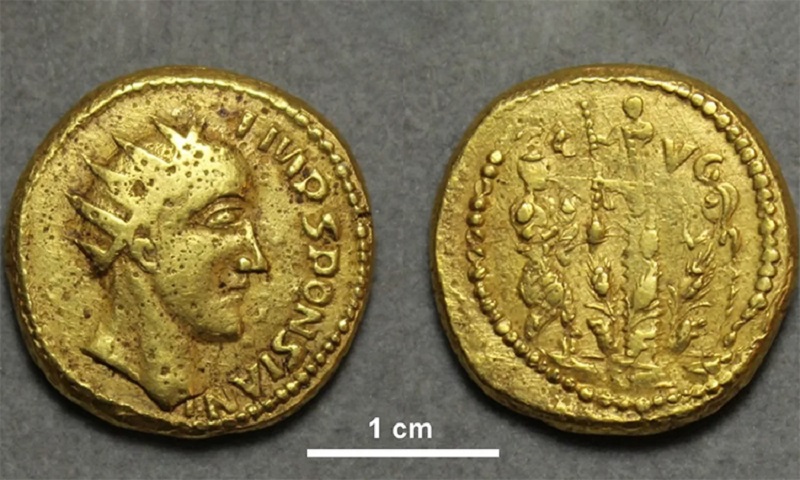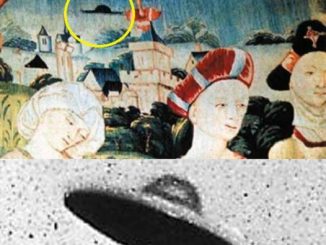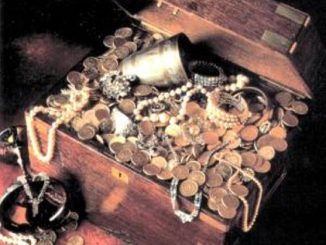Research has revealed that coins unearthed 300 years ago in Transylvania, once thought to be fake, actually depict a portrait of a Roman emperor.

Coin of Emperor Sponsian, currently at The Hunterian Museum, University of Glasgow, England. Photo: Paul N. Pearson and colleagues
The research team of Paul N. Pearson, an expert at University College London, England, discovered that Roman coins unearthed in Transylvania in 1713, once thought to be counterfeit, were genuine. New research published in the journal PLOS ONE on November 23, provides evidence that the leader depicted on the coins was actually in power.
For much of ancient Roman history, mints produced coins with the image of the ruling emperor. The Transylvania coin vault contains portraits inscribed with the name “Sponsian”. However, there are no other historical records of a Roman emperor named Sponsian, making his existence a mystery.
In addition, Transylvanian coins generally resemble Roman coins from the mid-3rd century, but they differ in some elements of style and method of manufacture. This has led many experts to consider them fakes created to be sold to collectors.
Through new research, scientists believe that Sponsian was actually a military commander in the Roman Dacia region during a conflict in the 260s. They used many different techniques to study the material’s characteristics. of 4 Transylvanian coins and evaluate their validity.
Specifically, the group of experts compared these four coins with two Roman gold coins that have been reliably authenticated. They used visible light microscopy, ultraviolet imaging, scanning electron microscopy and Fourier transform infrared spectroscopy.
The research team discovered small, deep wear marks, which often appear on coins that have been used for a long time. Analysis of the clay residue on the coins revealed that they were once widely circulated, buried for a long time, and then dug up again. All of this information points to the authenticity of the coins.
“Our evidence shows that the Sponsian emperor ruled Dacia, an isolated gold-mining region, at a time when the empire was mired in civil war and its border regions were devastated by invaders,” he said. Paul N. Pearson said.
“We hope this will encourage discussion of Sponsian as a historical figure, and promote research on coins related to him held in other museums across Europe. Europe”, Jesper Ericsson, curator of currency research and collection at The Hunterian Museum, shared.


